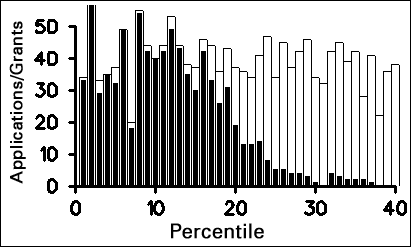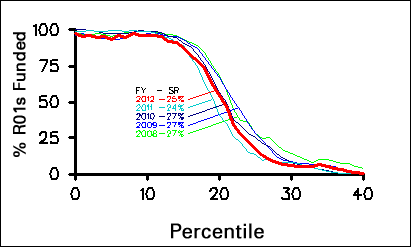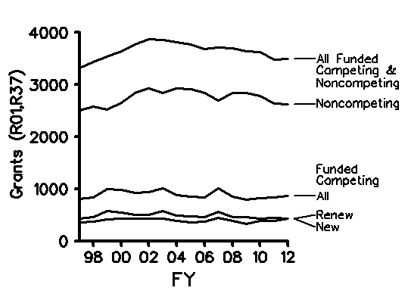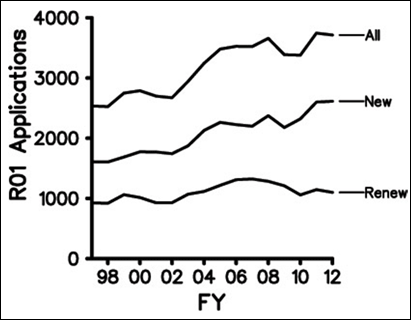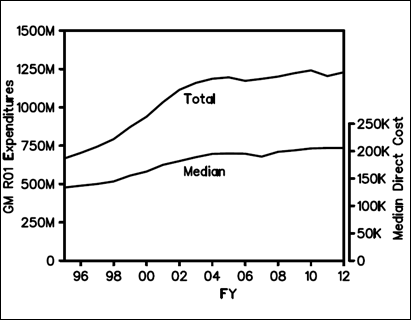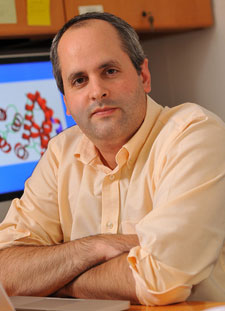As I told you in July, NIGMS houses the new NIH Office of Emergency Care Research (OECR), which was created to advance, coordinate and provide information about basic, clinical and translational biomedical research and research training within the emergency care setting.
The search is now open for an outstanding physician and leader in emergency medicine research to oversee this office as its first director. This position offers an important and unique opportunity to shape trans-NIH approaches to improving the health outcomes of persons with emergency medical conditions.
Candidates must possess an M.D. and professional knowledge of and skill in applying concepts, principles and methodology in clinical emergency medicine. For additional qualification requirements, evaluation criteria and application instructions, please view the vacancy announcements for:
Supervisory Medical Officer, GS15 Clinical, Extramural (NCI, NHLBI, NIAID, NIGMS, and NICHD)
or
Supervisory Medical Officer, GS15 Research, Extramural (NCI, NHLBI, NIGMS and NIAID)
You can apply to either one. A key difference between the two is that the first one requires a current, valid medical license. The listings close on November 4, 2012.
I encourage you to share this information with others who may be interested in applying.
UPDATE: This vacancy listing has been extended to November 6, 2012, due to weather issues during the week of October 29.


